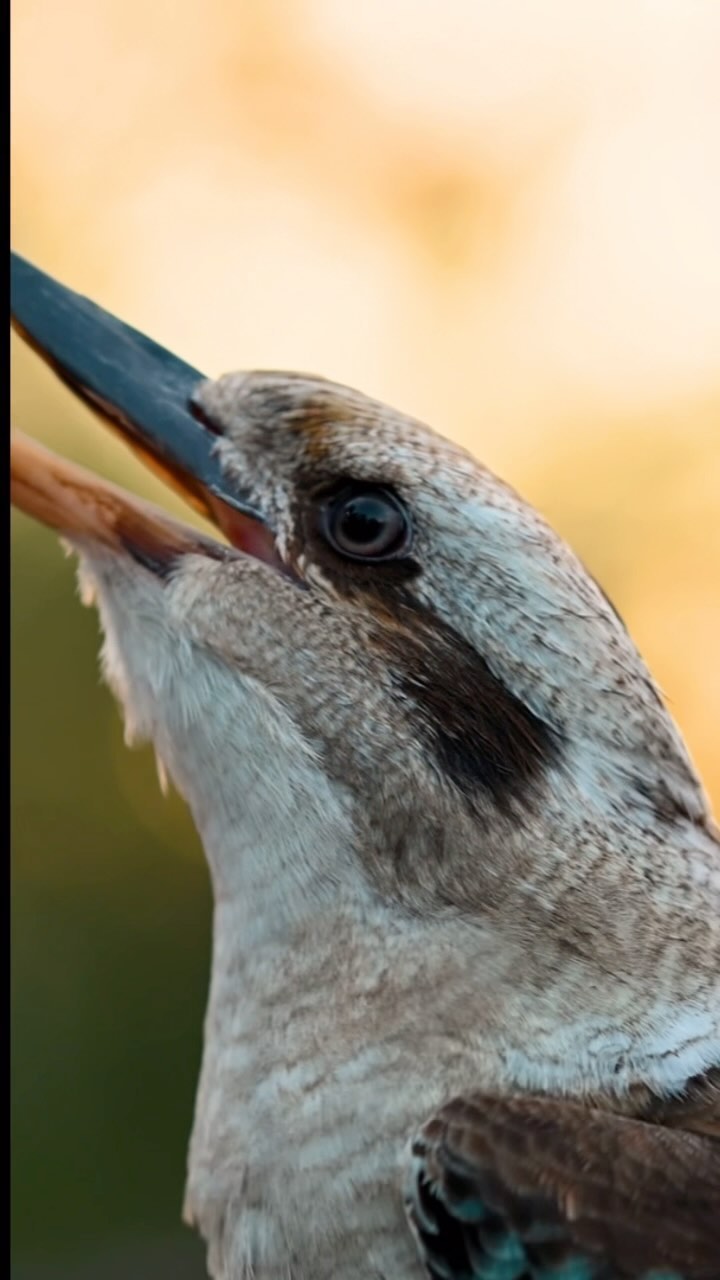– The distinct call of the kookaburra is an important behavioral aspect of the species’ social structure
– Habitat and distribution of the kookaburra, emphasizing their role in the ecosystem
– Challenges in kookaburra conservation and the role of zoos and wildlife sanctuaries
– The influence of sound on avian communication and mating rituals
– Educational initiatives and citizen science contributing to kookaburra preservation
The kookaburra’s laugh-like call is one of the most recognizable bird sounds in the world. Identified as the auditory emblem of the Australian bush, this fascinating call serves a variety of complex purposes critical for the kookaburra’s social structure. These calls are a conspicuous feature of their behavior, ranging from establishing territory to signaling the status of individuals within family groups.
Kookaburras belong to the tree kingfisher family, Halcyonidae, and are native to Australia and New Guinea. Due to its vocalizations, the most well-known species is the Laughing Kookaburra (Dacelo novaeguineae). Kookaburras occupy various habitats, from humid forests to arid savanna, as well as suburban areas with tall trees suitable for roosting and nesting. Their role in the ecosystem is crucial, as they act as biocontrol agents, keeping down numbers of insects and small vertebrates.
Conservation of these birds amid ongoing habitat destruction and climate change is increasingly challenging. Many kookaburras now live in protected habitats, including national parks and nature reserves. Wildlife sanctuaries and zoos are pivotal in educating the public about these birds and contributing to their conservation through breeding programs and research.
Sound is a primary means of communication in avian species, and the kookaburra’s call is no exception. It can be heard at great distances and is often used as a territorial call to warn other families of kookaburras to stay away. During the mating season, the strength and frequency of a male’s call are also believed to play a role in attracting a mate, thus influencing the reproductive success of individuals.
Zoos and educational institutions actively engage the public through programs that allow visitors to witness the spectacular call of the kookaburra and understand its significance. Many zoos conduct interactive demonstrations where this iconic sound is featured, providing a valuable auditory experience for visitors. Additionally, citizen science initiatives encourage people to report sightings and calls of kookaburras, playing an instrumental role in monitoring population trends and distribution.
The kookaburra’s call is not just an auditory wonder but a crucial thread in the fabric of Australian ecological and social networks. SOUND UP for the Kookaburra call underscores the vital importance of conservation efforts, illustrating the need to protect the natural symphony of our planet’s diverse wildlife. As we face environmental challenges, the kookaburra’s laughter reminds us of what is at stake and the collective responsibility to preserve these musical natural treasures for future generations.
*****
Source Description
SOUND UP 🔊 for the call of the kookaburra!


